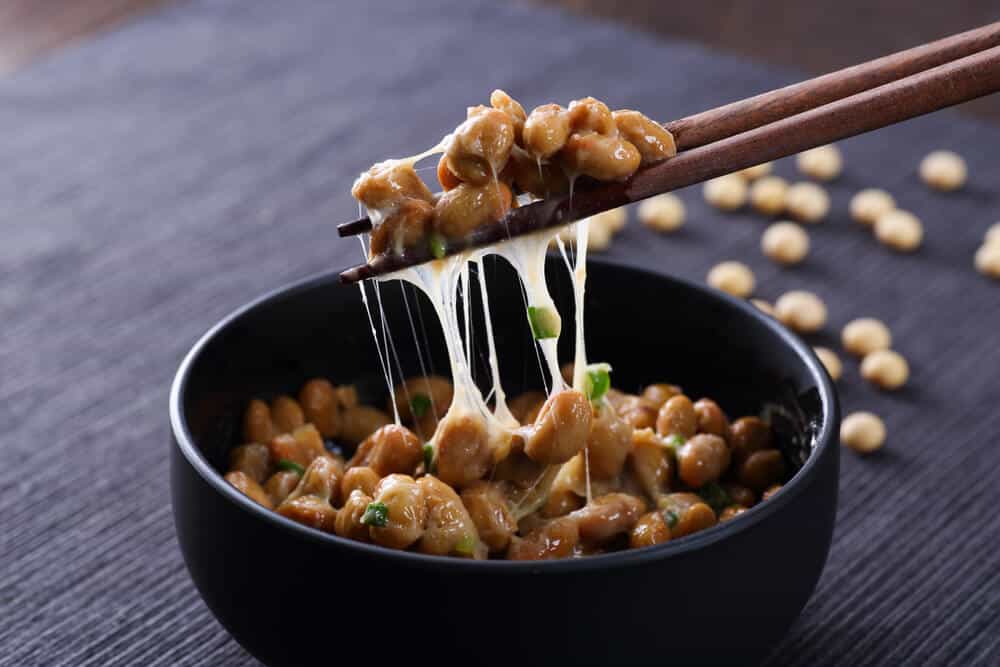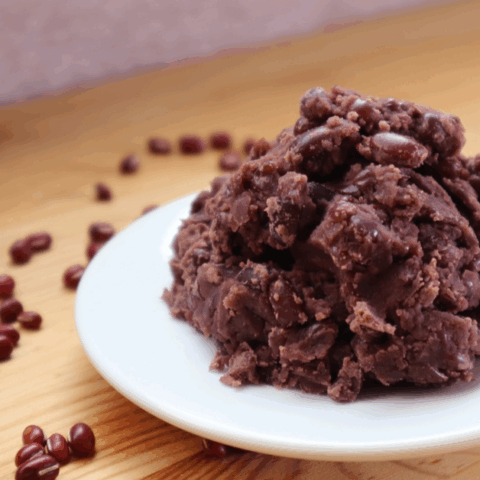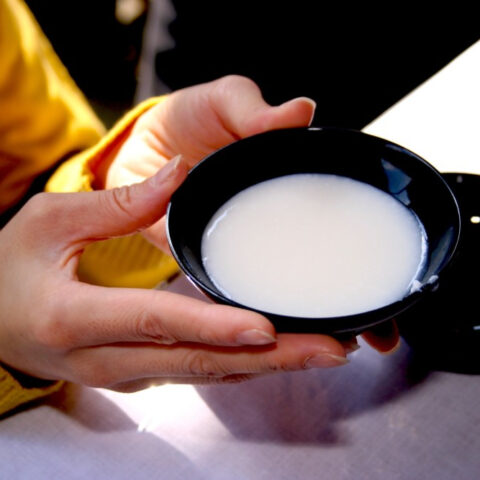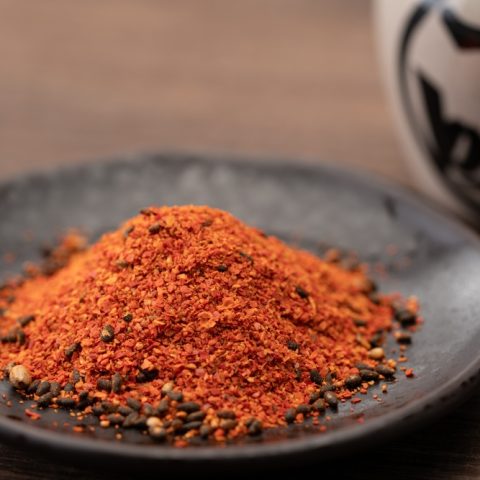
When thinking about Japanese food, most people would immediately think about tempura, ramen, or okonomiyaki. But do you know that in Japan, there are a lot of traditional dishes that are sticky, smelly, but unexpectedly delicious? Those “bizarre” dishes are loved by locals not only for their taste, but also because of their immense health benefits and interesting textures. Continue reading to find out more about these adventurous foods!
1. Natto (fermented soybean)
Natto is probably the most well-known of the sticky and smelly foods from Japan. Basically, natto is fermented soybean. After 14 to 18 hours of fermentation, the color of the soybeans turns into brown and the consistency becomes extremely sticky. For many people who are not used to eating fermented food, the smell of natto can really drive one away.

However, for Japanese people, natto is a traditional food that should be eaten every day because of its health impacts. Natto is packed with proteins, vitamins, omega fatty acids, and tons of other nutrients. Since it can be digested easily, natto is recommended for elderly people and young children alike.

Nowadays, you can buy 3 packs of natto for just 100 yen at supermarkets or convenience stores. Natto is usually eaten with rice, but for people who are taken aback by the smell, it can also be combined with other ingredients such as egg, kimchee, green onions, or tuna. Squeezing some mayonnaise or soy sauce on top may also help you get used to this intimidating yet healthy food!
2. Ika no Shiokara (fermented squid)
Ika no shiokara is made from small fermented squid that has been marinated in a mixture of salt and viscera for a week to ten days. Although it is not as well known to foreigners as natto, for many Japanese people, ika no shiokara is the best dish to be paired with rice for a simple yet nutritious meal.

The history of this dish can be dated back to 11th century Japan. Since there was not much food during the winter, the locals would ferment different types of seafood (with the most common ingredient being squid) to stock up for the winter. Since ika no shiokara is rich in vitamin D, protein, and fats, it provides a great amount of nutrients. Many consider it to be a rice thief, since the strangely addictive flavor of ika no shiokara goes so well with rice that you may not even realize how much you have been eating!
You can easily find ika no shiokara in supermarkets and even izakaya (Japanese pubs). The saltiness of this dish complements sake perfectly, so you will often find people sipping cup after cup of sake while eating ika no shiokara!
3. Nameko (a type of mushroom)
Have you ever seen or tasted any mushroom that is somewhat slimy before? If you haven’t, then you should pay a visit to any Japanese supermarket and buy nameko, which means “slimy mushroom” in Japanese. These are small mushrooms that are covered by a gelatinous layer and provide a plethora of vitamins and minerals that are necessary for our health.

Their texture may be unfamiliar to first-time eaters, but for Japanese people, there is no substitute for nameko and its delicious nutty flavor in their daily cuisine. Nameko is often used for miso soup, hot pot, or stir-fried dishes. Since nameko mushrooms are sticky, once they are cooked in soup, you should expect the broth to become somewhat glutinous as well.

Nameko is so loved by the Japanese people that there have been many products using the image of this tiny cute yellow-capped mushroom character. You can check out the game called “Nameko Saibai Kit” or snacks that are shaped like nameko to understand the love Japanese people have for these mushrooms.
Have these slimy foods captured your attention? When you think about it, these foods are very much products of Japanese food culture: They are all made in a way that retains the original, natural taste of the ingredients while providing tons of nutrients to the people who eat them. So why don’t you try each of these super foods out to see if they suit your palate?




